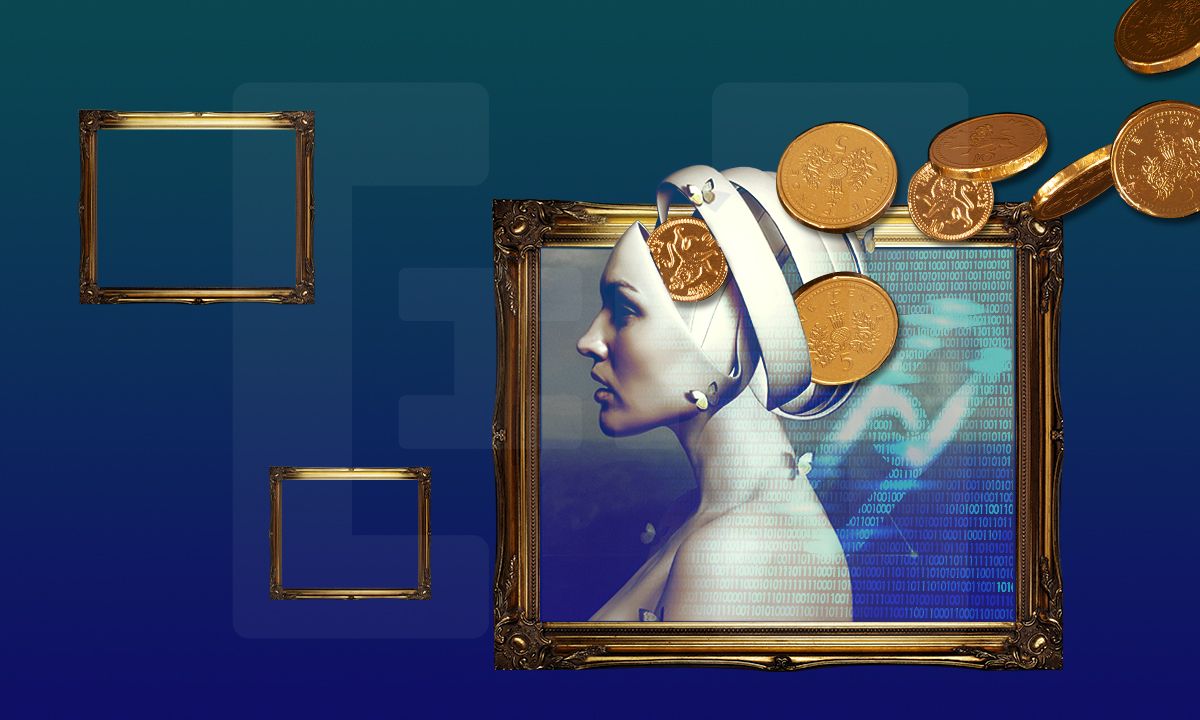It is 2021, a time of tremendous technological breakthroughs, and yet many people still face age-old inequalities related to their gender, race, sexual preferences, religious or political beliefs. Even in the art world.
Centralized top-down structures, present in the art market, make them susceptible to the formation of such biases and they become a target for disruption by decentralized technologies like blockchain.
However, does decentralization truly solve the embedded inequalities within such centralized systems? The answer to this question is not clear.
Art platforms based on decentralized technology give artists more equal and direct access to collectors. However, these same artists still need to appeal to the collector base whose tendencies may still mirror the traditional art market, where 98% of the top-grossing contemporary artists are white cisgender men.
Curated art platforms often perpetuate this trend by making choices that are tailored to those same collector preferences. Decentralized technology, like blockchain, is ultimately a tool that can become a solution to existing problems in the art market or it can perpetuate the same cycle.
NFTs level the playing field
Artists with large social media followings can use NFTs to successfully sell their works to their own communities, while the rest find collectors largely through placement on curated crypto platforms or galleries.
The anonymity provided by blockchain for artists and collectors alike can theoretically place everyone on equal ground. However, it is difficult for artists to properly present and market their work without revealing their identity.
Anonymity is not uncommon even in the traditional art market. Artists like Banksy use it effectively to make statements with their art without tying their personal background into the mold. For digital artists, blockchain offers even greater control over their identity. This is because the work does not need to originate in a physical space.
One of the more significant instances of an artist using blockchain to maintain their anonymity is artist Pak. A recent online auction at Sotheby’s totaled $17 million for this artist’s work.
Interactions with Pak happen entirely online and even voice interviews are done through a voice modulator, never revealing the artist’s identity, who prefers to be referred to as they/them. The artist believes that anonymity allows the focus of the collectors to be entirely on the artwork and not the artist’s gender, race, or political beliefs.
As a result, blockchain technology is a perfect instrument for artists who choose the anonymity path to present themselves and their work.
Crypto for art
Another artwork/performance titled $HT Coin uses anonymity to make a statement about the pervasive inequity in the art market.
Piero Manzoni is the inspiration behind this artwork. 60 years ago, he canned his feces and sold the cans for the price of 30 grams of gold ($37 at that time).
The artist behind $HT Coin eats the diets of other famous white male artists. Like Manzoni, they sell a digital representation of the $HT cans as NFTs. This artist works under the pseudonym White Male Artist (WMA).
The performance ends in a finale at the esteemed Phillips auction house. Here is where the mysterious WMA reveals their identity. Following this, the artist auctions off their own feces off against the famous white male contemporaries.
As a result, $HT Coin’s use of anonymity brings gender and racial inequality into focus within the greater arts and crypto community.
While art institutions are interrogating the contents of their collections with respect to race, gender, and sexuality, artists like Pak and WMA demand that institutions and collectors put their money where their mouth is. Will the crypto market simply mirror the preexisting problems present in other aspects of our society?
Use is key
Ultimately, as with other artworks using emerging technologies, much depends on how the mechanism is wielded. Innovative use is what separates the “nutrient” from the “waste.”
Projects like $HT Coin open up the can on the art world. As a result, it reveals it as a rigid system in which artists have to play by the rules in order to survive. It also poses the question: Can NFTs change that?
Trusted
Disclaimer
In compliance with the Trust Project guidelines, this opinion article presents the author’s perspective and may not necessarily reflect the views of BeInCrypto. BeInCrypto remains committed to transparent reporting and upholding the highest standards of journalism. Readers are advised to verify information independently and consult with a professional before making decisions based on this content. Please note that our Terms and Conditions, Privacy Policy, and Disclaimers have been updated.


